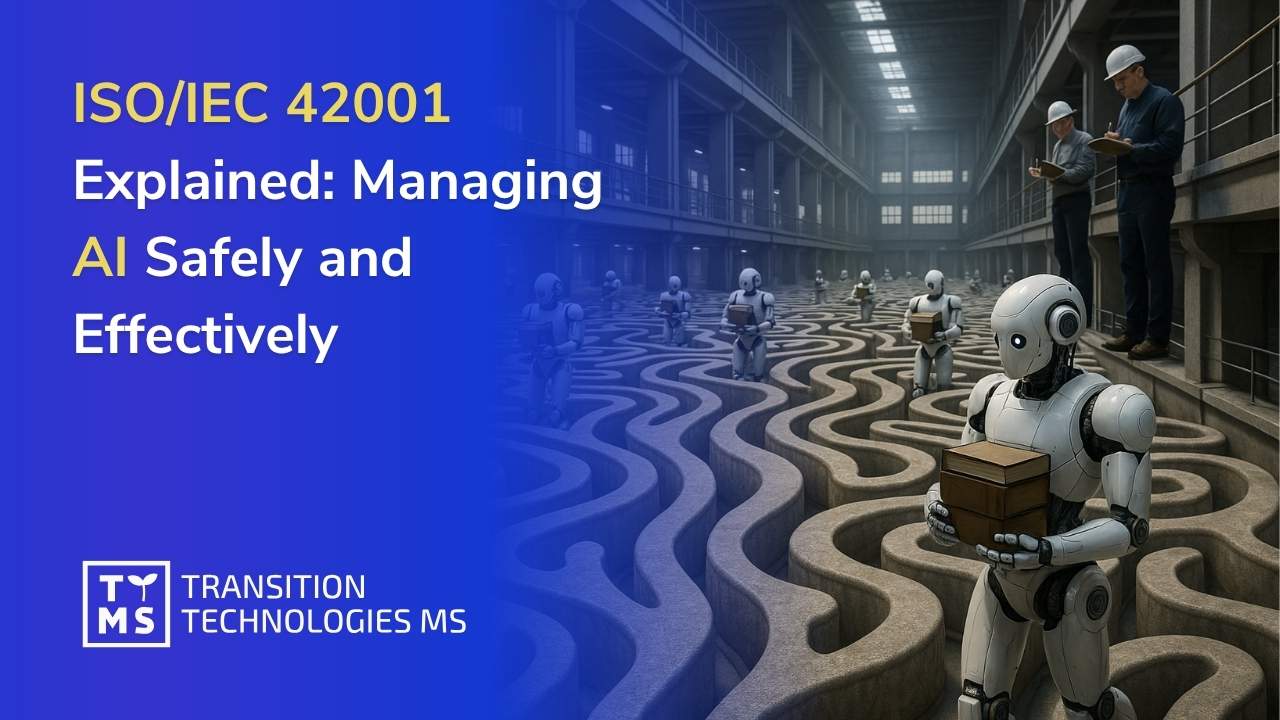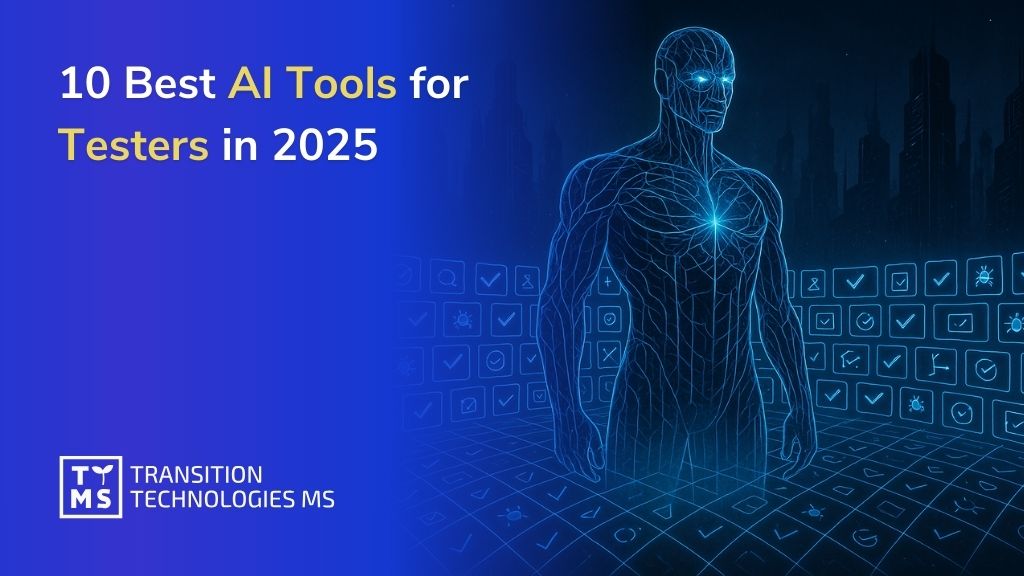
Stepping into the world of corporate training demands not just knowledge about your field, but also an understanding of instructional design principles, and time management. One crucial question is often asked – how much time does it take to develop one hour of training?
1. Why Develop a Training Program for Employees?
In today’s competitive market space, having a highly skilled workforce is no longer an option; it’s essential. This starts with providing employees with well-structured and meticulously developed training programs.
Here are some key reasons why employers should consider investing their time into creating these tailor-made instructional avenues:
- Boost Employee Performance: A robust training program helps employees better understand their roles, responsibilities and the software or tools they use daily. It directly results in increasing their efficiency and productivity.
- Bridging Skill Gaps: The evolving nature of businesses often means new skills might be needed at any given moment. Through proper training programs, organizations can equip their staff members with requisite skills swiftly.
- Increased Job Satisfaction: When employees have access to optimal learning resources that cater to career growth within the company, they are more likely to remain committed and satisfied.
- Maintaining Competitive Edge: Keeping abreast of industry standards, trends and insights through ongoing learning ensures your teams remain competent amid competition.
Remember, every minute spent on thoughtful designing of educational content will be rewarded tenfold in employee improvement metrics!
2. Why Estimate the Time for Developing a Training Program?
Estimating the timeframe for developing an effective training program is not just prudent; it’s essential. It might be tempting to dive straight into creating content, but discerning how long each stage of the process will take can bring multiple benefits to your business as well as smooth out the path ahead.
Firstly, accurate time estimation allows you to allocate resources efficiently. Like any project, if you don’t plan correctly for its implementation, this could lead to unnecessary strains on your company’s resources like time and workforce effort that could have been foreseen and avoided with careful preparation.
Secondly, proper time projection helps manage expectations realistically among all stakeholders involved in the process. This involves conveying when the team members can expect their transition into newer skills or learning paths, giving them an idea about what they should prepare for. Providing transparency upfront also paves the way for trust-building among employees because it shows intentions are clear and timeline considerations were given priority.
Lastly, a logical time estimate crucially facilitates setting tangible performance metrics that can measure both efficiency and effectiveness of your training program. Tools like a Gantt chart can be utilized here to set benchmarks along the developmental journey–giving insights into whether you are running behind default schedule or staying on course.
3. Factors Affecting the Time to Develop One Hour of Training
When developing a training program, various elements tend to influence the time involved. Understanding these factors helps provide a realistic timeline for creating your training, while also uncovering potential areas you can streamline or enhance. Let’s delve into what influences the development duration of one hour of training.
3.1 Level and Complexity of The Training
The first factor to consider is the level and complexity of the intended training content. Low-end trainings, such as entry-level courses requiring minimal interactivity and simple text-only layouts, take less time compared to their high-end counterparts. In contrast, advanced e-learning programs involving multiple interactive features and comprehensive animations are more challenging to construct, thus taking significantly longer durations (about 49 hours (low end) up to possibly 716 hours in certain complex scenarios).
3.2 Mode of Delivery
The mode of delivery makes a significant difference too. Both traditional classroom-style presentations and self-instructed prints methods might be quicker to produce, but could reduce effectiveness if not ideally suited for the material or audience. Conversely, more modern methods like instructor-led or web-based approaches may require an increased time investment initially yet prove beneficial due to enhanced engagement capabilities.
3.3 Experience and Skill Level of The Developers
Thirdly, it’s essential not to overlook that instructional designers’ expertise along with competency directly correlates with the pace at which they can develop effective content. Skills such as authoring tool proficiency, project management techniques, graphics design ability among others significantly contribute.
In conclusion, the diverse factors above play a crucial role in varying the time it takes to develop one hour of training. It’s an intricate process — but understanding these influences will empower you to craft realistic schedules and produce engaging, effective employee training.

4. Barriers You Can Find During Developing a Training Program
Creating an efficient training program for your employees is no small task. It involves many intricacies and challenges that can significantly affect the time it takes to develop even one hour of training. These barriers are not evident on the surface but require a deep understanding and careful consideration.
One such daunting obstacle is the lack of clarity surrounding the purpose or aims of the training program. Unclear objectives make it difficult to tailor impactful content catering to employee needs, resulting in longer development times.
Secondly, another common barrier is limited resources — both financial and human. Employee training programs often demand hefty budgets, sophisticated technology, and knowledgeable instructors who can distort allocated timelines in their absence.
Structuring a curriculum that meets business goals while engaging learners can be downright confusing, making it another sizeable hurdle. Engaging elements like interactive sessions or multimedia increase complexity and extend the duration, given their extensive creation process.
Moreover, constant industry evolutions or changes in corporate strategies may mandate alterations in course materials mid-development. These inevitable tweaks eat into precious development hours as you strive to keep content updates regular.
Lastly, potential resistance from employees wary of change or unaccustomed to online learning tools poses yet another impediment as extra time gets additionally spent on increasing acceptance levels.
An awareness of these obstacles enables us to approach them strategically, mitigating their impact on our timeline for developing quality employee training programs.
5. Techniques for Reducing the Time to Develop One Hour of Learning
When it comes to reducing the time needed to develop an hour of training, there are several tactics you can employ. They range from optimizing content creation and incorporating pre-existing materials, all the way to leaning on technology for efficiency’s sake. Let’s dive into these strategies in more detail.
5.1 Efficient Content Creation
Start with streamlining your content creation process. A coherent outline forms the backbone of effective program development – it gives structure and direction. Begin by establishing clear objectives for the training, then build your content around these goals.
- Lean on Existing Material – If appropriate material exists already, use it. Repurpose old presentations or incorporate industry-relevant readings as part of your training module.
- Team Collaboration – Rather than a solo endeavour, make content creation a team effort where everyone contributes their expertise and perspective.
5.2 Embrace Technology
Harnessing technology accelerates training development while optimizing its quality.
- Custom E-earning Development. – While ready-made e-learning courses can be convenient, creating custom e-learning training tailored to your company’s specific needs can be far more beneficial. Specialized companies, such as ours, offer expertise in developing bespoke e-learning solutions. These custom courses ensure that the content is highly relevant, engaging, and aligned with your organizational goals, ultimately saving time and enhancing the learning experience.
- Online Collaboration Tools: Utilize online platforms that allow real-time collaboration – think Google Docs or Trello – they eliminate back-and-forth communication lags.
5.3 Seek Expert Help
Consider bringing in external consultants or beauty professionals who specialize in rapid training development. Their expertise could provide invaluable insight about how to streamline your processes effectively without compromising on the quality of learning outcomes.
In conclusion, even though developing training for employees can be a detailed process, adhering to these techniques may help reduce the total time invested per hour of instruction created, resulting in substantial long-term savings both in terms of resources and capacity-building.
6. Estimate Training Development Time
Estimating the development time for creating a training program is akin to forecasting the weather. Even with all the scientific tools available, there’s still an element of unpredictability. However, industry benchmarks provide a useful starting point.
Here are steps you can follow to get a realistic estimation:
- Define Clear Learning Objectives: Clarity on what each training module intends to achieve allows streamlining of content and activities pertinent to those objectives.
- Create a Detailed Content Outline: Breaking down information into small manageable chunks helps in visualizing workload and thus aids in accurate time approximation.
- Include Designing Time: Your course doesn’t merely contain text; factor in time needed for designing graphics and multimedia elements.
- Account for Revisions: Include iterations based on internal reviews and feedback from test audiences in your time calculation.
Bear in mind that while estimating development time is crucial for resource allocation and budgeting considerations, maintaining focus on quality is equally vital. Rushing through design and implementation could result in ineffective training modules, defeating their purpose.
In essence, estimating the time required to develop one hour of training involves complexities similar to piecing together a jigsaw puzzle — challenging yet tractable with systematic approach and effort.
7. Conclusion
Delving into the process of training development, it’s crystal clear there isn’t a one-size-fits-all approach. The time to develop one hour of training will inevitably vary, depending on numerous interconnected factors. From the complexity of content to accessibility requirements, adapting to learners’ styles and understanding the resources at hand—everything plays a pivotal role. Interestingly, despite these complexities, we should not overlook its importance.
The process is comparable to constructing a building—the strength and utility are defined by the plan, materials used, and skilled labour combined harmoniously. In terms of employee development, we can infer that high-quality training programs are an investment in your company’s future—a fortified building standing tall against industry challenges.
Getting hands-on to build comprehensive employee training routines might indeed swallow large chunks of your precious time initially. However, equipped with proper planning and efficient resource utilization strategies, you’ll discover how this commitment rewards not just in enhanced skill sets within your team but reshaping organizational dynamics as well—a chain reaction sparked off by quality training sessions.

8. How can TTMS Help You Save Time in Developing Training
If you are seeking swift, effective, and tech-savvy ways to cut down the time to develop one hour of training, TTMS (Transition Technologies MS) is at your service. Renowned for our innovative business solutions, we merge technological expertise with a deep understanding of business needs. This harmonious blend facilitates streamlined methods to revamp the process of developing employees-training programs.
As a company committed to efficient delivery and superior performance, we can significantly enhance your training development journey through customized e-learning solutions. Here are three salient ways we can support you:
8.1 Customized E-Learning Development
Developing a training program involves multiple stages, but one of the most crucial parts is creating engaging and effective learning content. At TTMS, we excel in designing custom e-learning courses that are tailored to your company’s specific requirements. By focusing on creating bespoke e-learning modules, we ensure that the content is highly relevant, interactive, and aligned with your organizational goals, thus speeding up the overall development process. Click here and check our Customized E-Learning Development Solutions.
8.2 Efficient Content Creation
We leverage advanced tools and technologies to streamline content creation. Our team of experts utilizes state-of-the-art e-learning platforms to design and develop high-quality training materials quickly. This reduces the time spent on developing training from scratch, allowing more focus on delivering impactful content that meets your training objectives.
8.3 Seamless Integration and Feedback Collection:
Incorporating feedback and making necessary adjustments is vital for an effective training program. We integrate advanced tech solutions to facilitate real-time feedback collection and analysis. This ensures continuous improvement of the training modules without significant delays, ultimately saving time and enhancing the learning experience.
Beyond just assisting companies in saving precious hours during the design and implementation phases, we emphasize productivity gains that translate into tangible organizational benefits. In this age of rapid technological advancement, TTMS stands as a beacon, merging intelligence with strategy to foster the harmonious co-evolution of companies and employees alike.
Discover our comprehensive LMS platform management support services.
If you are looking to transform hours of manual work into a ready-to-upload SCORM course within minutes, explore the capabilities of our AI4E-learning tool.
How long should a training program be?
The length of a training program depends on its goals, complexity, and audience. Short programs (a few hours or days) work well for skill refreshers, while more comprehensive training (weeks or months) is needed for in-depth learning. The key is to balance content depth with learner engagement and retention.
How long does it take to develop a training program?
The time required to develop a training program depends on factors such as content complexity, interactivity level, and the chosen delivery method. Creating a one-hour e-learning course can take anywhere from a few days to several weeks, while more complex programs with custom animations or simulations may require months. Proper planning and resource allocation are key to ensuring an effective and timely development process.
How long should employee training be?
The duration of employee training depends on the role, industry, and required skills. Onboarding programs typically last from a few days to several weeks, while ongoing training can be delivered in shorter sessions over time. The key is to ensure that training is long enough to cover essential knowledge but not so long that it reduces productivity or engagement.






